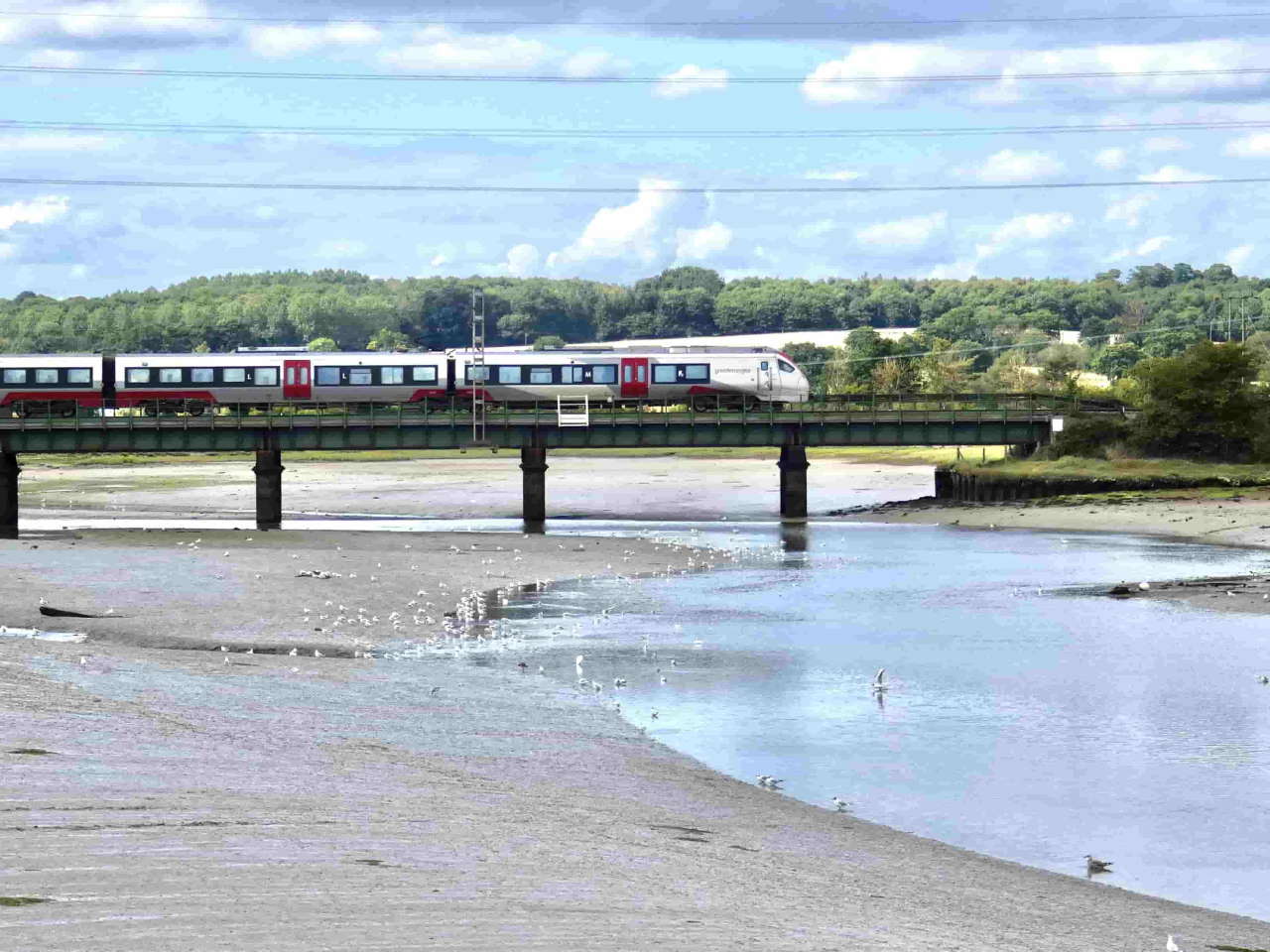Greater Anglia has announced that they have saved up to 650 tonnes of carbon dioxide from being thrown into the atmosphere.
This is the same amount of carbon dioxide that is created by 180 homes in a year.
WEMS (Wireless Energy Management Systems), in May 2019, was installed at more than 30 Stations that were known by Greater Anglia to be high energy-consuming stations.
The equipment was installed in waiting rooms and offices at stations to save energy usage where possible.
Broxbourne, Great Yarmouth and Manningtree have seen an energy reduction of more than 50%.
More than £300,000 were saved with the equipment installed as well of the benefits for the environment.
Stephanie Evans, Greater Anglia Environment and Energy Manager, said: “We are very pleased that more than 650 equivalent tonnes of carbon dioxide, a greenhouse gas that contributes to global climate change, has been prevented from being released into the atmosphere, thanks to WEMS across our network.
“This is just one measure we are implementing to reduce our impact on the environment and help save energy. We will continue to monitor our energy performance and make further savings around the business.
“We are in the process of introducing an entire fleet of new trains, which are more efficient and produce less particulate pollution than our old ones. This will help to make rail travel in East Anglia an even more environmentally friendly option.”
Greater Anglia Earlier this year was given an internationally recognised stamp of approval for businesses committed to reducing their impact on the environment.
Wireless Energy Management Systems were installed at Audley End, Billericay, Bishops Stortford, Broxbourne, Bury St Edmunds, Cambridge, Chelmsford, Cheshunt, Clacton on Sea, Colchester, Ely, Great Yarmouth, Harlow Town, Hatfield Peverel, Hertford East, Ingatestone, Ipswich, Kelvedon, Lowestoft, Manningtree, March, Marks Tey, Prittlewell, Rayleigh, Rochford, Shenfield, Southend Victoria, Stowmarket, Thetford, Thorpe-le-Soken, Tottenham Hale, Waltham Cross, Ware, Whittlesford, Wickford, Witham.
Where Next?
RailAdvent Plus
Support the website and get benefits in return
RailAdvent News
The latest railway news
RailAdvent Shop
Railway Prints, DVD’s / Blu-Ray’s and more
LocoStop Community
Come and share your railway pictures.
Mainline UK Steam Info
Upcoming mainline steam tours/loco movements
Network Rail
Visit their website






Responses
Do like what Greater Anglia is going green since they have introduced the Class 745 and Class 755 Stadler Flirts.
This is why I like about Greater Anglia. They are bringing in brand new trains for East Anglia, Essex, Cambridgeshire and West Anglia. As the Class 745 Electric and Class 755 Bi-Mode Flirts have already started service. Including on Stansted Express.
And with more Class 720 Aventras to be delivered and in service that will replace the Class 317 & Class 321 EMUs that are over 30 years old. As to replace the Class 360 Desiro and cascaded to East Midlands Railway and Class 379 Electrostar which is to be stored or cascaded elsewhere who wants the Class 379s.
Sometimes, utility and effectiveness matter more than the fuel a machine uses…
Solar power is inefficient and unreliable. Because sunlight is not always available, solar power cannot consistently meet electricity demand and relies on backup power sources.
Wind energy is not economically reliable because it is heavily dependent on the Production Tax Credit (PTC) and other subsidies, as well as state mandates like renewable portfolio standards (RPS). This dependency means that taxpayers are paying for an industry that cannot sustain itself in the open marketplace.